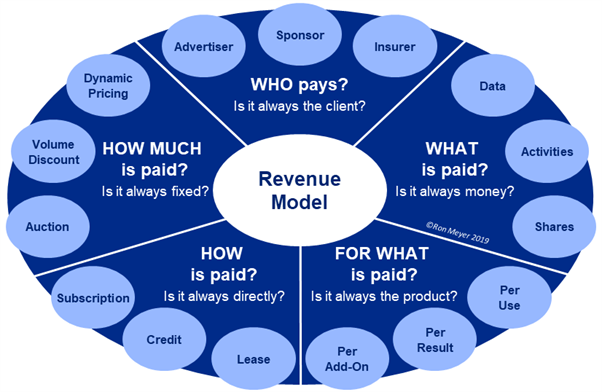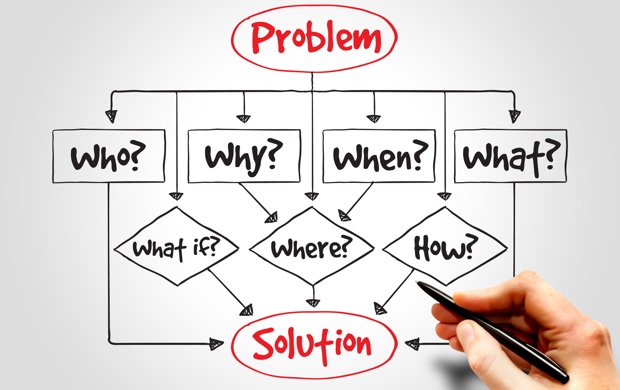Sell the value of your advanced services and monetise these
The ability to sell the value of your various advanced service offerings is vital to successfully monetising your (new) advanced services. As you...
4 min read
Jan van Veen
Apr 16, 2023 11:33:20 AM

Whether your service revenue is around 10% of the total business or 70%, an adequate revenue and pricing model for your various advanced service offerings is vital to successfully monetising your (new) advanced services.
The reasons are:
A vital challenge for monetising your advanced services is establishing an adequate revenue and pricing model that optimises the revenue we capture from our new services.
There are three aspects to this:
Let's elaborate a bit:
How to capture the revenue potential in the market without leaving too much money on the table?
How to support the value proposition and your customers' value perception?
How to avoid unnecessary friction in the sales process?
For example:
Complex pricing with a wide range of possible fees to pay leads to longer sales cycles. It increases uncertainty for your customer about what they will end up paying. Purchasing and legal teams need much time to review the related contracts and may push back.
Is it worth the effort for your customer?
Is it worth the effort for your sales team?
A revenue model is a framework for generating financial income.
It is a crucial component of a company's business model.
For each revenue stream (income from a specific offering and a specific customer segment), it defines aspects like:
The Revenue Model Framework from the TIAS Business School gives an excellent overview of these key elements and some examples in the bubbles.

A good revenue model is aligned with:
So, how could we apply this for advanced services?
A pricing model is the way you determine the price level of your products, services, and solutions.
For sure, there is a long list of different pricing models.
They all boil down to one of the following fundamental pricing models:
Various cost-based pricing
After calculating the total cost of delivering the service, you add a markup to cover overhead and generate profit.
This model is suitable when it is hard to articulate the value for value-based pricing or when the differentiation of your services is not strong enough to ask for relatively high value-based pricing.
The aim is to secure sufficient margins for a sustainable business in a more commoditised industry.
Value-based pricing
You determine the price based on some estimation of customer value and the value your customers perceive. This could be based on market research, a value assessment during the sales process or a KPI of the achieved value.
This strategy doesn't consider the cost of delivery, so this model works best for services for which the prices significantly exceed the costs of delivery and for which customers are willing to pay a premium regardless of your cost for delivery.
The aim is to maximise profitability in times of strong differentiation.
Competition-based pricing
You base your prices on the prices of similar services or solutions of competition, which heavily depends on market data.
This model works best when there is little differentiation between services and solutions and intense competition.
The aim is to defend your market position, grow your market share, or enter a new market with strong competitors.
Price sensitivity
With all pricing models, you may want to assess the price sensitivity (how will a change of price impact the demand from customers).
Also, read the 9 driving factors for price sensitivity.
The past Service Transformation Summit on How to Monetise Advanced Services was ideal for discussing this with your peers.
Participants received:
You can find post-summit material on the Summit website.
Subscribe for the our Impulse Letter
With regular updates about service news, trends and best practices.

The ability to sell the value of your various advanced service offerings is vital to successfully monetising your (new) advanced services. As you...

The capability to generate demand is critical to monetising your (new) advanced services successfully. This goes beyond good web pages, brochures,...

Monetising advanced services is a mission-critical capability for a successful service transformation. After all, we are all on an exciting journey...